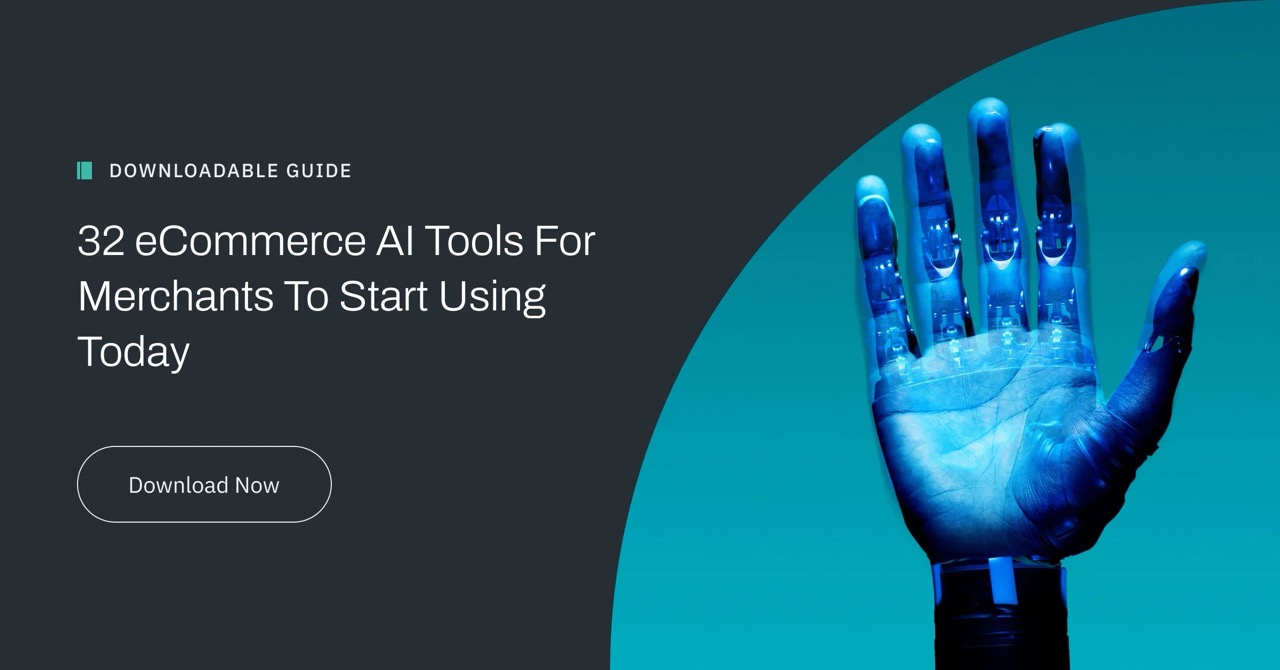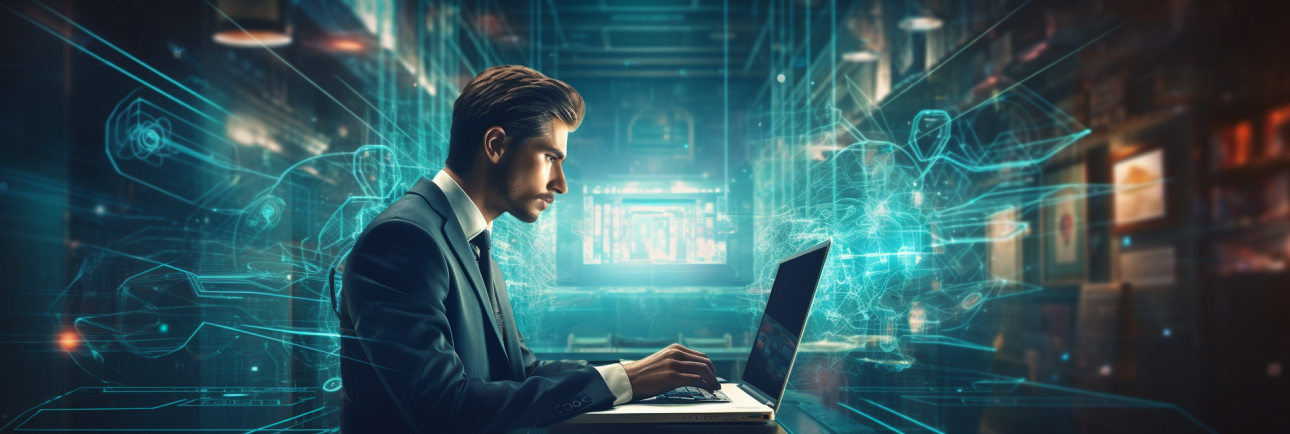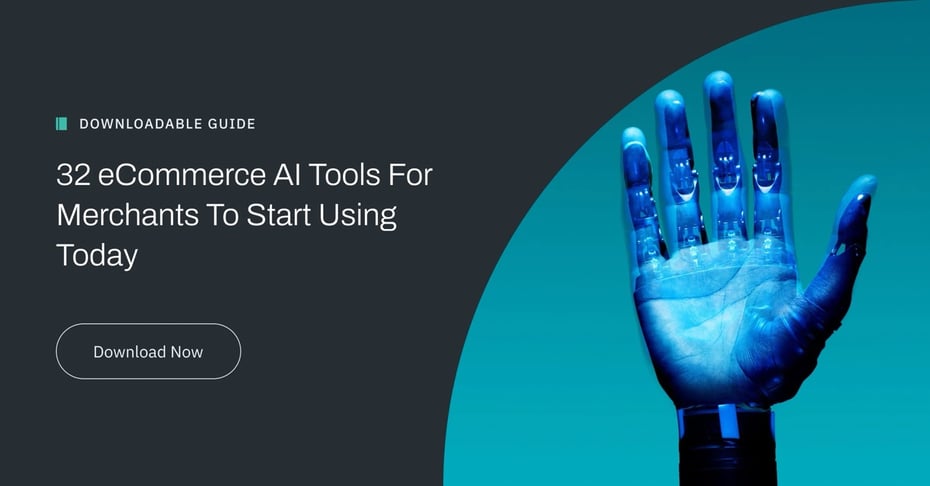In today's fast-paced world, automation plays a vital role in various industries, including eCommerce. However, the concept of automating tasks is not new. Throughout history, humans have constantly sought ways to simplify repetitive and menial tasks, leading to significant advancements.
This introductory chapter sets the stage by delving into the history of human automation, starting with the utilization of water as a source of power and the subsequent industrial revolution. By understanding the evolution of automation, we can appreciate the impact it has had on society and its relevance in the eCommerce landscape.
The History of Human Automation

It Starts with Water
Thousands of years ago, people had to dedicate much of their time and energy to essential tasks like cultivating, collecting, and preparing food for survival. This left little room for other pursuits such as research, development, and recreation.
Over time, humans began to realize that they could harness the power of flowing streams of water to automate repetitive tasks. Ancient civilizations recognized the potential of water as a source of power and devised simple machines and tools like levers, wheels, wedges, and pulleys to harness it. By utilizing water wheels, people were able to grind wheat for flour or herbs for seasoning, saving significant time and effort.
Initially, those dependent on these manual tasks may have feared that machines would render their skills obsolete. These early innovations actually paved the way for the Industrial Revolution, resulting in the eventual uplifting of millions from poverty.

The Industrial Revolution
The Industrial Revolution, which began in the late 18th century, marked a turning point in human history. It was a period of rapid industrialization, fueled by advancements in technology and automation. The invention of machines and the adoption of new manufacturing processes transformed various industries, including agriculture, textile production, and transportation.
One of the key factors driving the Industrial Revolution was the invention of the steam engine. By boiling water and converting it to expanding steam, which in turn powered a rotating lever, individuals could harness the immense energy of water to perform tasks that would typically require the labor of ten or more people. This breakthrough led to further advancements, including the development of the internal combustion engine using flammable liquids like
gasoline.
Concerns and Benefits of Automation
As with any significant technological advancement, the introduction of automation brought about concerns and fears. People worried that their livelihoods, particularly in sectors like farming, would be threatened by machines taking over repetitive tasks. However, history has shown that while certain individuals experienced temporary challenges, automation ultimately yielded positive benefits.
The ability to delegate repetitive and menial tasks to machines freed up human time and energy, allowing individuals to focus on more significant endeavors. By automating basic tasks, societies could shift their attention to innovation, research, and development. This shift in focus played a pivotal role in lifting a significant portion of the world's population out of poverty and hunger.
Embracing Automation in the eCommerce Era
Fast forward to the present day, where eCommerce has become a prominent force in global trade and business. The principles of automation established during the industrial revolution continue to shape and drive the eCommerce industry forward. Today, businesses have access to advanced AI tools and technologies that empower them to streamline operations, personalize customer experiences, and drive growth.

By embracing automation, eCommerce merchants can optimize their operations, deliver exceptional customer experiences, and stay competitive in a rapidly evolving digital landscape. However, it is important to approach automation strategically and thoughtfully, understanding the potential impact on jobs and society as a whole.
The Future of Automation
As we move forward, the pace of technological advancement shows no signs of slowing down. AI and machine learning are poised to revolutionize the eCommerce industry further. Emerging technologies like natural language processing, computer vision, and virtual reality are unlocking new possibilities for automation and enhancing customer experiences.
It is crucial for eCommerce merchants to stay informed about the latest AI tools and advancements to remain competitive in the market. By understanding and leveraging these technologies, businesses can optimize their operations, improve efficiency, and deliver personalized experiences that resonate with customers.
The 2023 State of eCommerce AI
In recent years, we have witnessed significant advancements in artificial intelligence (AI) technology. AI has (and will continue to) revolutionize the way businesses operate, optimize processes, and engage with customers. This chapter provides an overview of the current state of AI in eCommerce, setting definitions for key terms, exploring the evolution of AI in the past two decades, and discussing its current capabilities and future potential.

By understanding the state of AI in eCommerce, businesses like yours can understand how to begin to leverage these technologies to gain a competitive edge and deliver exceptional customer experiences. Let’s start by setting some definitions.
Setting Definitions
What is AI?
Artificial Intelligence (AI) refers to the simulation of human intelligence in machines, enabling them to perform tasks that typically require human intelligence. AI systems can learn, reason, and make decisions autonomously based on data and algorithms. These systems aim to replicate human cognitive abilities, including perception, understanding, problem-solving, and learning.
It is important to understand that at the end of the day AI is, well, artificial. All computers simply ingest an input, perform a calculation, and return an output - fancy calculators. They cannot truly learn, feel, or act as human beings do.
What is Machine Learning?
Machine Learning (ML) is a subset of AI that focuses on training machines to learn and improve from data without being explicitly programmed. ML algorithms allow machines to analyze large volumes of data, identify patterns, and make predictions or decisions based on those patterns. Through iterative learning, machines can refine their models and improve their performance over time.
What is a Neural Network?
A Neural Network is a type of ML model inspired by the structure and functioning of the human brain. It consists of interconnected nodes, or artificial neurons, organized into layers. Neural networks can process complex data inputs, learn from examples, and make predictions or classifications.

Deep Learning, a subfield of ML, utilizes deep neural networks with multiple layers to handle intricate tasks and achieve higher levels of accuracy.
What is NLP?
Natural Language Processing (NLP) is a branch of AI that focuses on the interaction between computers and human language. NLP enables machines to understand, interpret, and generate human language, allowing for tasks such as sentiment analysis, language translation, chatbots, and voice recognition.
NLP algorithms process and analyze textual data, extracting meaning and context to facilitate human-like communication.
Reinforcement Learning
Reinforcement Learning is a type of ML that involves training an agent to make decisions in an environment to maximize a reward signal. Through trial and error, the agent learns which actions lead to positive outcomes and adjusts its behavior accordingly.
Reinforcement Learning has been instrumental in training AI systems to perform complex tasks and make autonomous decisions.
Where It Was (2000-2020)
In the early 2000s, AI in eCommerce was primarily limited to preprogrammed scripts and basic automation. This period saw the emergence of functionalities like spellcheck, error detection, and autosave, which streamlined processes and improved user experiences.
However, these applications did not involve true AI capabilities, such as machine learning or neural networks.
Where It Is (2023)
Today, AI in eCommerce has advanced significantly, thanks to the integration of machine learning and neural networks. Businesses can now leverage AI-powered systems that can process and analyze vast amounts of data, including text, images, and video.

These systems can perform tasks like product recommendations, personalized marketing, demand forecasting, fraud detection, and sentiment analysis. The rapid development of AI technology means that this blog may become outdated in some aspects within a month of its original publishing date (July 2023).
Where It Is Going (2024 & Beyond)
The future of AI in eCommerce holds immense potential for further innovation and transformation. Several emerging technologies are set to shape the landscape of eCommerce in the coming years:
Augmented Reality
Augmented Reality (AR) is poised to revolutionize the eCommerce experience by merging the physical and digital worlds. AR technologies enable customers to visualize products in real-world settings before making a purchase. By overlaying virtual elements onto the physical environment, AR enhances product exploration, reduces uncertainty, and improves customer decision-making.
AI Ethics
As AI continues to play a pivotal role in eCommerce, ethical considerations become increasingly important. AI ethics involves addressing concerns related to data privacy, algorithmic bias, transparency, and accountability.
Businesses must prioritize responsible AI practices to ensure fairness, inclusivity, and trust in their AI-powered systems.
Internet of Things (IoT)
The Internet of Things (IoT) is an interconnected network of physical devices embedded with sensors, software, and connectivity, enabling them to collect and exchange data. In the eCommerce context, IoT can enhance supply chain management, inventory tracking, and customer engagement.
By leveraging IoT devices, businesses can gather real-time data and insights to drive operational efficiency and improve customer experiences.
Humanoid Robots
Humanoid robots are AI-powered machines designed to resemble and interact with humans. In eCommerce, humanoid robots have the potential to revolutionize order fulfillment, customer service, and in-store experiences. These robots can assist with inventory management, provide personalized recommendations, and engage with customers through natural language processing and facial recognition technologies.
Uplifting Humanity and Overcoming Fears

The advancements discussed above will undoubtedly shape the future of eCommerce and society as a whole. While it is essential to approach these inventions with caution and address potential challenges, it is crucial to recognize that similar fears have arisen during previous technological revolutions.
These inventions have the potential to uplift humanity by driving efficiency and opening new possibilities for economic growth. By embracing AI technologies and leveraging them responsibly, businesses can empower themselves to thrive in the evolving eCommerce landscape and contribute to the overall betterment of society.
Read The Complete 55-page eCommerce AI eBook
This blog is only a small portion of our complete eBook "32 eCommerce AI Tools For Merchants To Start Using Today". View and download the guide today by completing the form below to learn 32 new tools you can leverage today to supercharge your eCommerce workflow.

E-BOOK
20 Best Shopify Apps For Your eCommerce Store
Explore tags:
About the author
Spencer Flaherty is an eCommerce blogger who loves exploring the latest trends and technologies in the industry. From chatbots to virtual reality, they cover it all.
Subscribe to the Groove Newsletter
Get the latest updates and insights straight to your inbox







